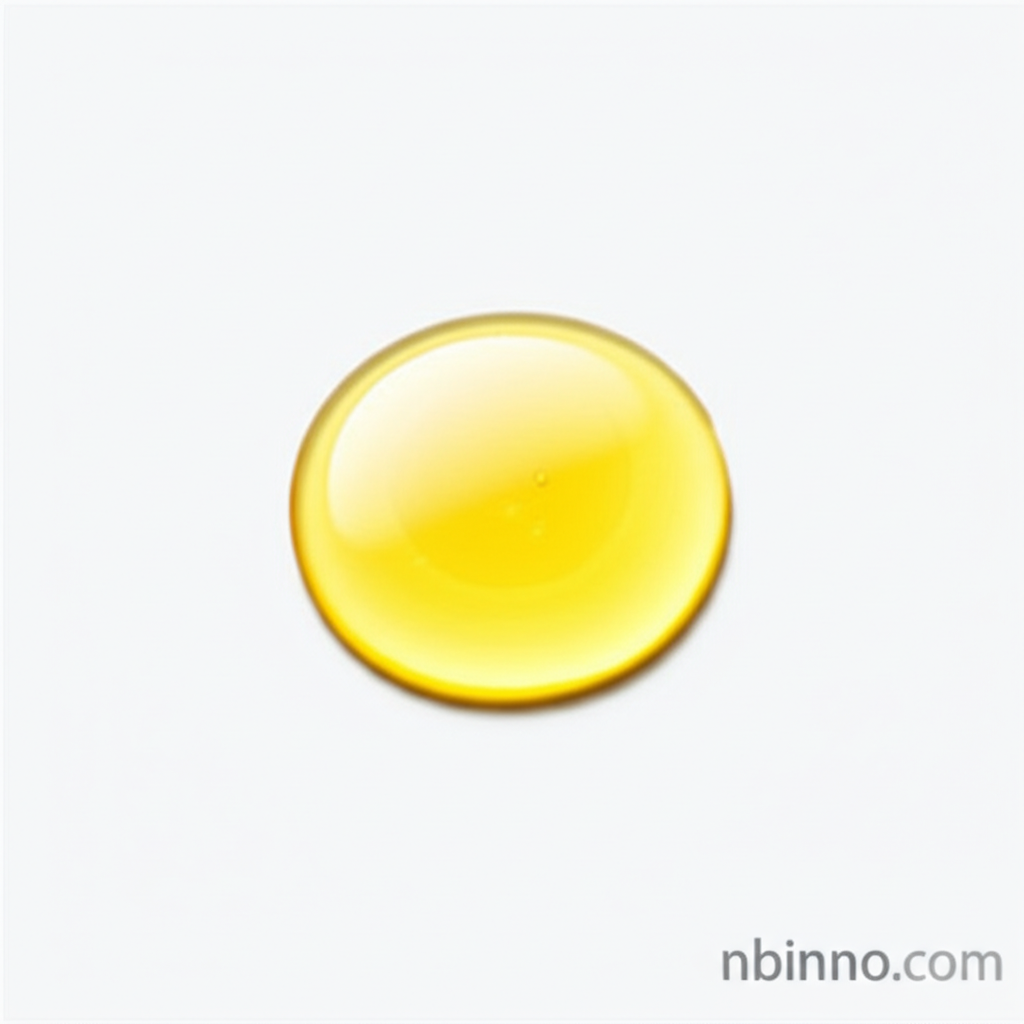Lead Bis(2-ethylhexanoate) CAS 301-08-6: Properties, Applications, and Safety in Paint Drying and Catalysis
Discover the essential role of Lead Bis(2-ethylhexanoate) in industrial applications, from paint drying to advanced catalysis.
Get a Quote & SampleProduct Core Value

Lead Bis(2-ethylhexanoate)
Lead Bis(2-ethylhexanoate) is a crucial organic intermediate widely utilized for its exceptional properties as a paint drying agent and its effectiveness as a polymerization catalyst. Its application extends to enhancing the performance of lubricating oils, providing anti-aging and anti-corrosion benefits.
- Explore the chemical properties of Lead Bis(2-ethylhexanoate) to understand its efficacy in various industrial processes.
- Learn about the diverse applications of Lead Bis(2-ethylhexanoate) in sectors such as coatings and lubrication.
- Understand the critical safety considerations and handling guidelines when working with this lead-containing compound.
- Discover the role of Lead Bis(2-ethylhexanoate) as a polymerization catalyst, driving advancements in material science.
Key Advantages
Enhanced Drying Properties
As a primary paint drying agent, Lead Bis(2-ethylhexanoate) promotes hard, through drying across the entire film depth, contributing to the durability and finish of coatings.
Catalytic Efficiency
The compound serves as an effective polymerization catalyst, vital for processes in the production of polyurethanes, polyester resins, and other polymers, as highlighted by its use in driving advancements in material science.
Lubrication Enhancement
In lubricating oil formulations, Lead Bis(2-ethylhexanoate) offers anti-aging and anti-corrosion benefits, extending the life and performance of machinery and equipment.
Key Applications
Paint and Coatings Industry
Widely used as a drying agent, it ensures quick and thorough drying for various paints and coatings, improving film integrity.
Lubricants and Greases
Incorporated into lubricants and greases to provide anti-aging and anti-corrosion properties, enhancing their protective capabilities.
Polymer Production
Serves as a critical polymerization catalyst in the manufacturing of polyurethanes, polyester resins, and other polymer-based materials.
Chemical Synthesis
Acts as a versatile intermediate in various chemical synthesis processes, contributing to the creation of specialized chemical products.
